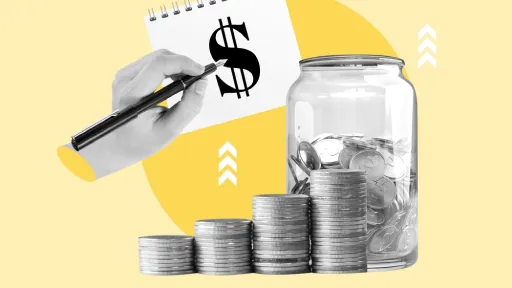Understanding how does a 401k loan work is crucial in today’s financial landscape where managing debt and building retirement savings have become more complex than ever. With rising living costs and unexpected expenses, turning to your 401k as a source of emergency funds can seem like an attractive option. However, it’s essential to comprehend how these loans function, their risks, and benefits before making a decision that impacts your long-term financial health.
How Does a 401k Loan Work?
A 401k loan allows participants to borrow money from their own retirement savings, which offers the advantage of quick access to cash without going through creditors or a credit check. Typically, you can borrow up to 50% of your vested account balance, with a maximum of $50,000, whichever is less. The loan must be paid back, usually through payroll deductions, with interest added.
Key Features of a 401k Loan
- Loan Amount: Up to 50% of your vested account balance or $50,000 maximum.
- Repayment Term: Generally 5 years, longer if used to buy a primary residence.
- Interest Rate: Usually set at the prime rate plus 1%.
- No Credit Check: Since you’re borrowing from yourself.
- Payments: Made through payroll deductions.
Advantages of a 401k Loan
- Easy Access to Funds: Quick approval and funding.
- No Impact on Credit Score: Because you’re borrowing your own money.
- Pay Interest to Yourself: Loan interest goes back into your 401k account.
- Flexible Use: Use funds for emergencies, home purchases, education, or debt consolidation.
Risks and Drawbacks to Consider
- Opportunity Cost: Borrowed funds won’t grow while out of the market.
- Repayment Requirement: Must repay on time or face taxes and penalties.
- Job Changes: Leaving your job can require loan repayment within a short period or else the loan is considered a distribution with tax consequences.
- Double Taxation: Interest is paid with after-tax dollars and is taxed again at withdrawal in retirement.
How Does a 401k Loan Work: Step-by-Step Process
Many people ask, “How does a 401k loan work?” Here’s a simplified guide to help you understand the actual process:
- Check Eligibility: Confirm that your 401k plan allows loans and check your vested balance.
- Determine Loan Amount: Decide how much you need, keeping within the legal limits.
- Apply for the Loan: Submit necessary paperwork through your plan administrator or employer.
- Loan Approval and Funding: Once approved, funds are typically deposited directly into your bank account.
- Repayment Begins: Payroll deductions start, including principal and interest, to repay the loan within the stipulated term.
Important Tips When Considering a 401k Loan
- Understand your plan’s specific loan rules before applying.
- Borrow only what you need and have a clear repayment plan.
- Avoid taking a loan shortly before retirement to eliminate repayment risks.
- Consider potential tax implications if the loan defaults.
- Use the loan as a last resort rather than a first option to minimize long-term impact on retirement savings.
Conclusion
In summary, understanding how does a 401k loan work can empower you to use this financial tool wisely. While it can provide a lifeline during emergencies, it’s vital to weigh the benefits against the risks, especially the impact on your future retirement security. Careful planning and consultation with a financial advisor can help you make a well-informed decision that aligns with your overall financial goals.


